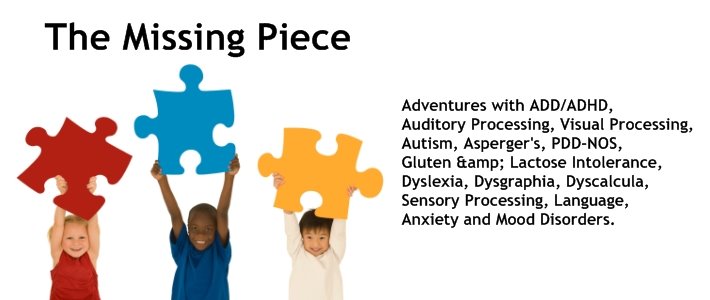Jacks Skills
 Many games from the 60s
and 70s that children played built good underlying skills. These games allowed
the players to integrate both body and mind as skills were strengthened such as
visual-motor perceptual, eye-hand coordination, rhythm, logic, reasoning,
strategy, timing, concentration, and attention.
Many games from the 60s
and 70s that children played built good underlying skills. These games allowed
the players to integrate both body and mind as skills were strengthened such as
visual-motor perceptual, eye-hand coordination, rhythm, logic, reasoning,
strategy, timing, concentration, and attention.
We use many of those
older games to help our student build new skills as well as fill in missing
skills they are lacking. We find these games are very beneficial for students
with a wide variety of challenges.
Sets of Jacks that were
produced in the 60s and 70s were small and made out of metal. Although those
jacks were easy to handle and had a good weight, they can be a choking hazard
for younger children. Many manufacturers in the last 15 years or so have made larger
jacks that are rubber. These jacks are safer and do not hurt if you step on
them however, they are more difficult to pick up especially when trying to pick
up several at a time.
Playing Jacks is very
integrating and bring a lot of benefit to the students but there are several
skills that need to be in place first.
Pre-Skills
If the child has difficulty
with small motor control or catching, use a racquetball first. Otherwise use a hi-bounce
ball that will come with your jacks.
·
Bounce
& catch ball with dominant hand on the table 10 times in a row without
missing.
·
Bounce
& catch ball with non-dominant hand on table 10 times in a row.
·
Bounce
& catch ball switching from dominant hand to non-dominant hand 10 times in
a row.
·
Bounce
& catch ball from one hand to the other in a ‘V’ on a table 10 times in a
row. (left to right, right to left)
·
Bounce
the ball with the dominant hand, pick up a jack with the non-dominant hand, and
then catch the ball with the dominant hand 10 times in a row.
·
Bounce
the ball with the non-dominant hand, pick up a jack with the dominant hand, and
then catch the ball with the non-dominant hand 10 times in a row.
·
Bounce
the ball with the dominant hand, pick up a jack in the dominant hand, and then
catch the ball with the dominant hand 10 times in a row.
·
Bounce
the ball with the non-dominant hand, pick up a jack in the non-dominant hand,
and then catch the ball with the non-dominant hand 10 times in a row.
Throwing and picking up
Jacks
·
Throw
4 Jacks so that they spread out but are still fairly close to one another,
within an inch to three inches.
·
Teacher
or parent places two jacks 1 inch apart child practices bouncing ball and
picking up two jacks at the same time.
·
Repeat
with three jacks.

Playing Jacks
Level 1
·
Toss
all the jacks on the table.
·
Bounce
the ball with the dominant hand, pick up one jack in the dominant hand, and
then catch the ball with the dominant hand.
·
Place
the jack in the non-dominant hand.
·
Repeat
until all jacks have been picked up.
Level 2
·
Toss
all the jacks on the table.
·
Bounce
the ball with the dominant hand, pick up two jacks in the dominant hand, and
then catch the ball with the dominant hand.
·
Place
the jacks in the non-dominant hand.
·
Repeat
until all jacks have been picked up.
Level 3
·
Toss
all the jacks on the table.
·
Bounce
the ball with the dominant hand, pick up three jacks in the dominant hand, and
then catch the ball with the dominant hand.
·
Place
the jacks in the non-dominant hand.
·
Repeat
until all jacks have been picked up.
If the child misses a
jack or ball you can decide if they should continue, start over with that
level, or if it is the parent or teacher’s turn.
You can decide how many
jacks you want to play with. The typical Jacks games used to come with twelve
jacks but now many of the larger rubber Jack games come with ten.



